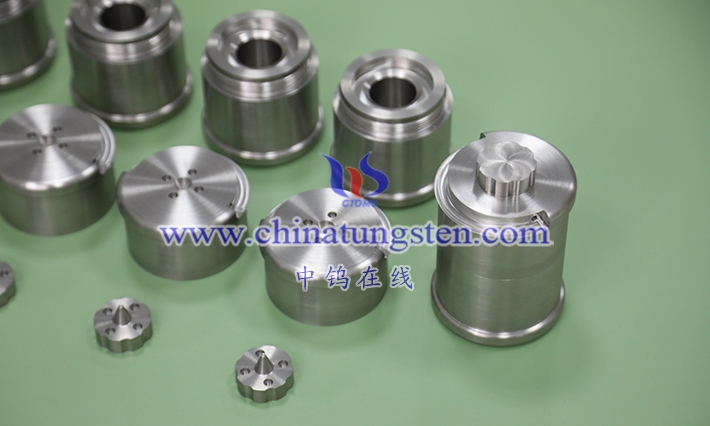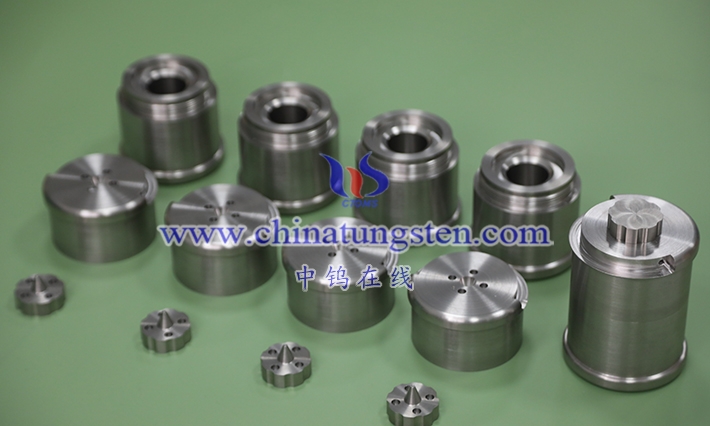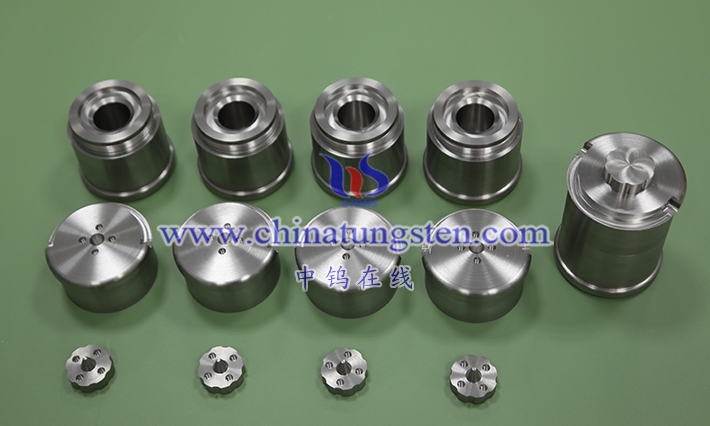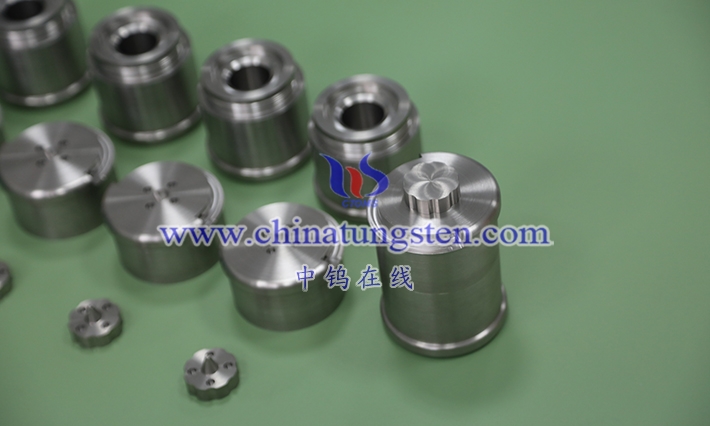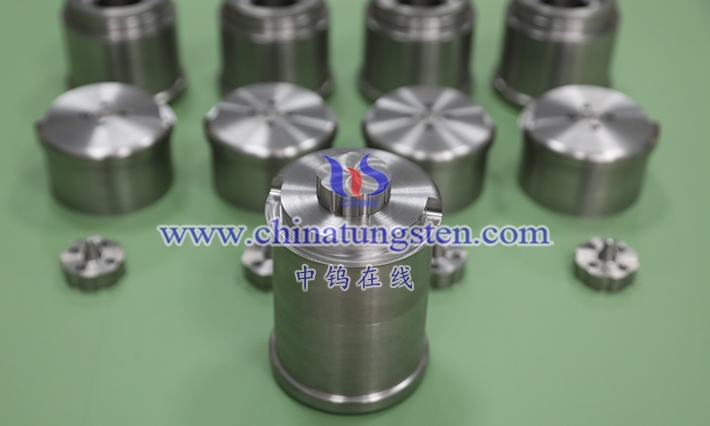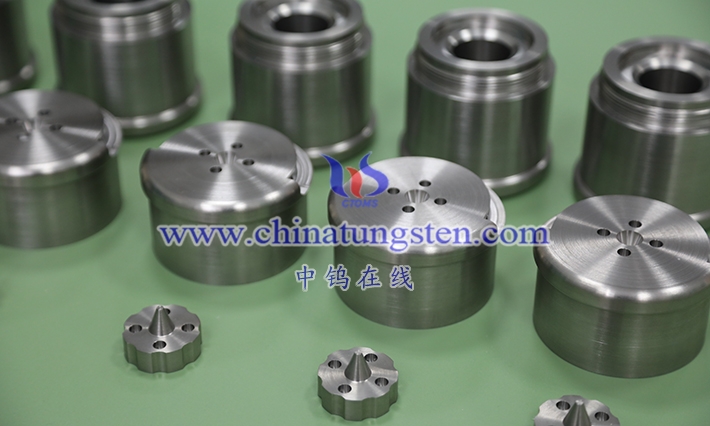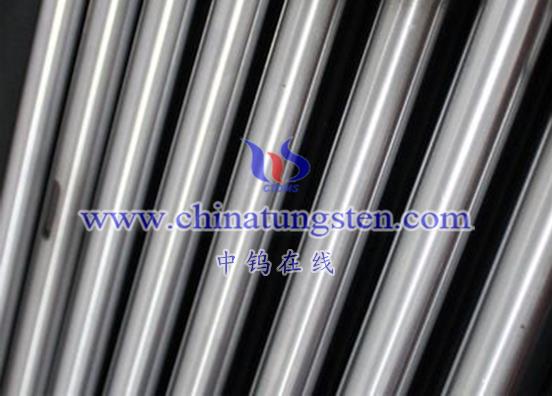
The biocompatibility of high-density alloys is an important aspect in assessing their safety and reliability in biomedical applications. Biocompatibility refers to the ability of materials to interact with organisms, including the biological reactions caused by materials in organisms, the adaptability of organisms to materials, etc. Here are some methods for assessing the biocompatibility of high-density alloys:
- Cytotoxicity test: By co-culturing high-density alloys with cells, observing biological behaviors such as cell growth, proliferation, and metabolism, and evaluating the toxic effects of materials on cells. Assessment is typically performed using in vitro cell culture assays.
- Blood compatibility test: By contacting high-density alloy with blood, observing the adhesion, aggregation and activation of red blood cells, white blood cells and platelets in the blood, the compatibility of the material with blood is evaluated. Assessment is usually performed using in vitro blood culture assays.
- Biological tolerance test: By implanting high-density alloys into animals, observing the biological reactions of the materials in the body, such as inflammation, tissue reaction and immune rejection, to evaluate the biological tolerance of the materials. Evaluation is usually performed using animal implantation experiments.
- Biodegradability test: For biodegradable high-density alloys, biodegradability tests are required to evaluate the process and rate of catabolism in the body. Evaluation is usually performed using in vivo experiments and in vitro simulation experiments.
- Gene expression analysis: By analyzing the changes in gene expression profile after the material is implanted into the body, we can understand the impact of the material on the organism at the molecular level and further evaluate the biocompatibility of the material.
When evaluating the biocompatibility of high-density alloys, the following factors need to be considered:
- Material surface properties: The surface properties of high-density alloys have a great impact on their biocompatibility. Surface roughness, chemical composition, wettability, etc. all affect the interaction between materials and organisms.
- Biological environment: Different biological environments place different requirements on the biocompatibility of high-density alloys. For example, different parts such as the oral cavity, bones, and cardiovascular systems have different requirements and standards for the biocompatibility of materials.
- Immune reaction: As a foreign substance, high-density alloy may trigger immune reactions. The more immunogenic the material, the more severe the immune response it may elicit.
- In vivo stability: High-density alloys need to remain stable in the body without harmful physical and chemical changes. For example, harmful substances will not dissolve, corrosion will not occur, etc.
- Biological adaptability: High-density alloys need to be compatible with surrounding tissues in the body without causing excessive inflammation and tissue reactions.
In summary, evaluating the biocompatibility of high-density alloys requires comprehensive consideration of multiple factors, including material surface properties, biological environment, immune response, in vivo stability, and biological adaptability. Only by fully considering these factors and taking corresponding measures to optimize their performance and durability can high-density alloy materials with good biocompatibility be obtained.
More details of tungsten alloy product, please visit website: http://tungsten-alloy.com/
Please contact CHINATUNGSTEN for inquiry and order of tungsten carbide:
Email: sales@chinatungsten.com
Tel.: 86 592 5129595
